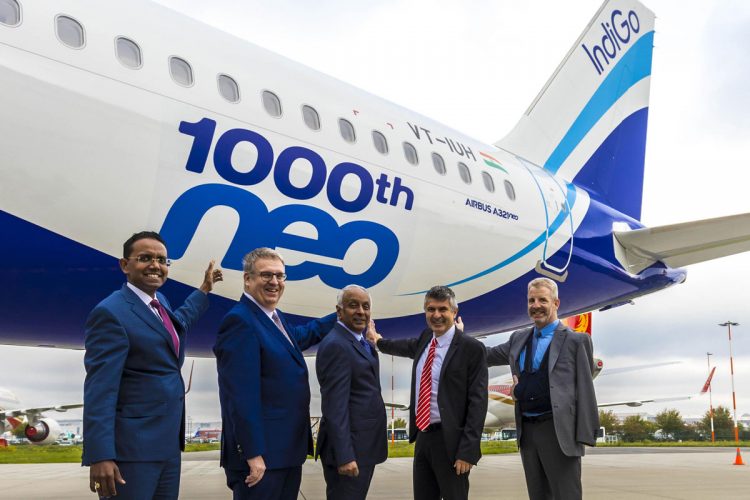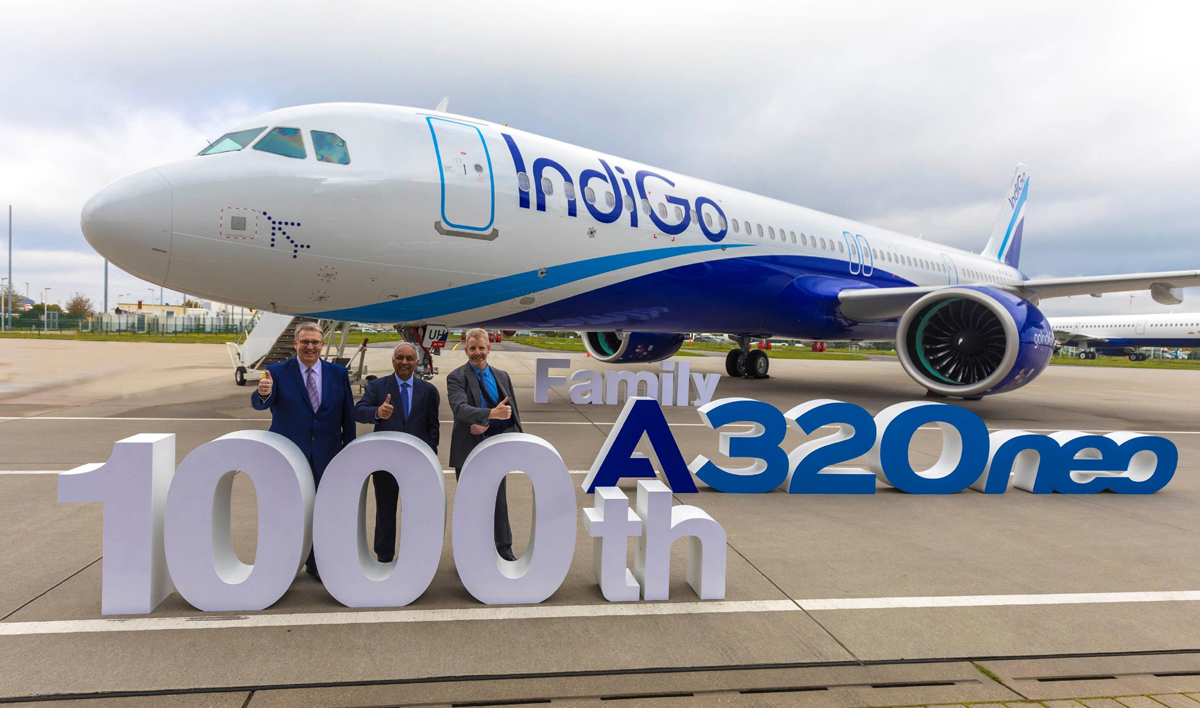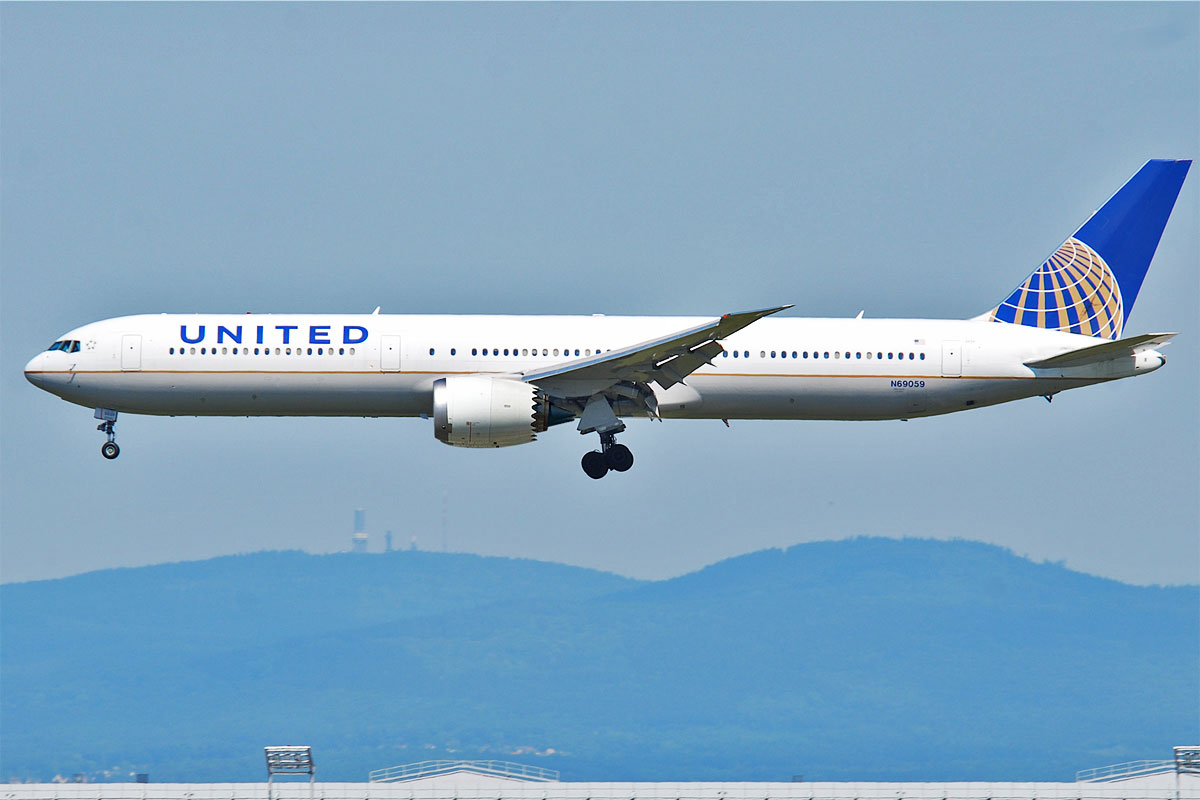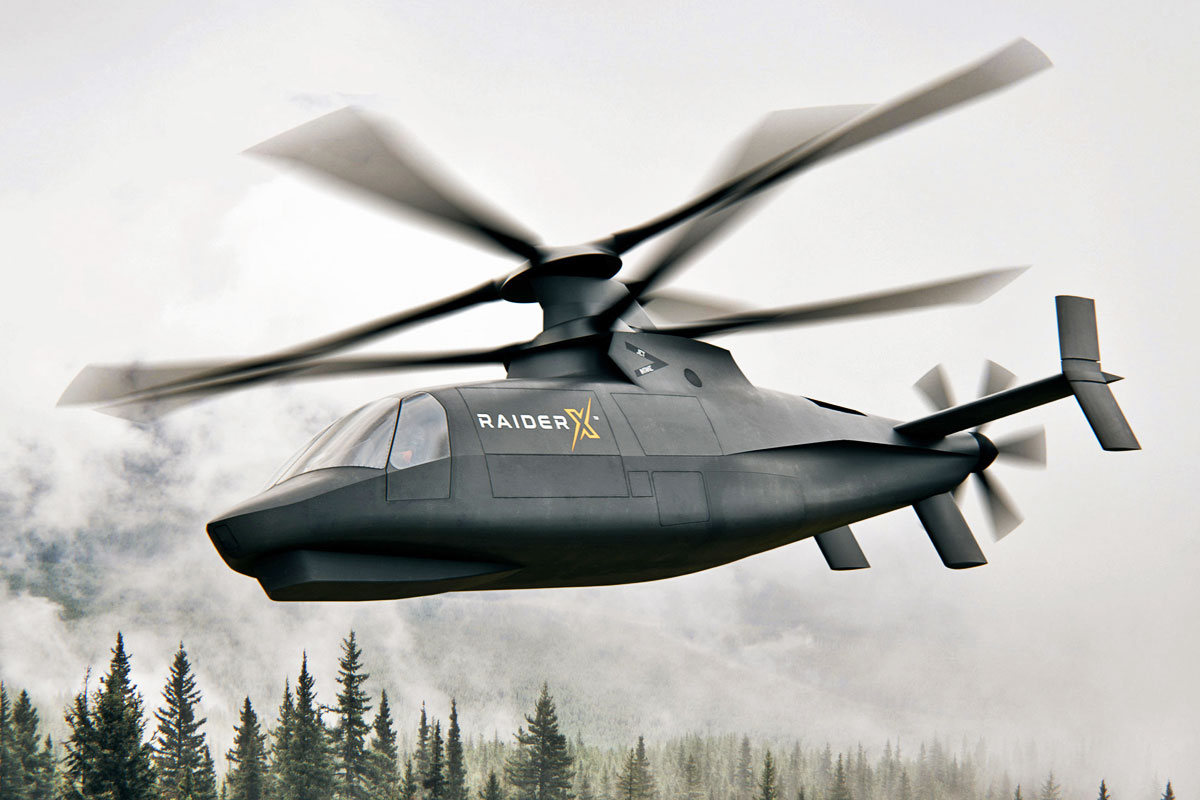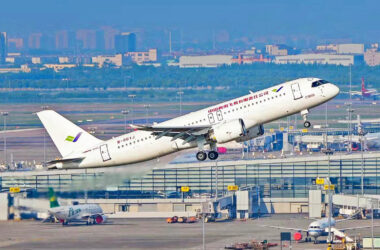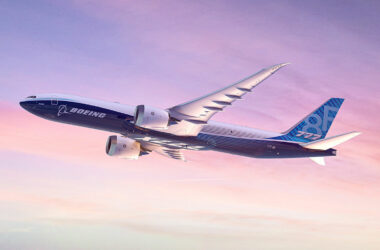Airbus delivered last week the 1,000th A320neo family aircraft. The narrowbody jet, an A321neo produced in Hamburg, was received by IndiGo, India’s leading airline.
The Indian company is the largest A320neo family customer in the world with a total of 430 aircraft ordered. The first model was received by IndiGo in March 2016 and today the company’s fleet already has 96 aircraft, including the new aircraft.
The fast production pace of the A320neo series is one of the most remarkable and complex in the aircraft industry, with four assembly lines worldwide producing almost 60 aircraft per month. In addition to the Hamburg plant, the jets are also assembled at Airbus’s Mobile (US), Toulouse (France) and Tianjin (China) units.
The A320neo debuted in the market in January 2016 with Lufthansa and the program has been advanced one step a year since then. In 2017, Airbus delivered the first A321neo and the following year the first A321LR. This year, the European group finalized the first A319neo (an ACJ319neo executive model) and announced the launch of the A321XLR, “ultra long range” version.
“New Engine Option”
The first sketches of what the A320neo series is today were made by Airbus in 2006 when it began the Enhanced A320E program. The project included upgrades for up to 5% efficiency gain with larger winglets, aerodynamic refinements, weight savings and a new cabin with lighter equipment.
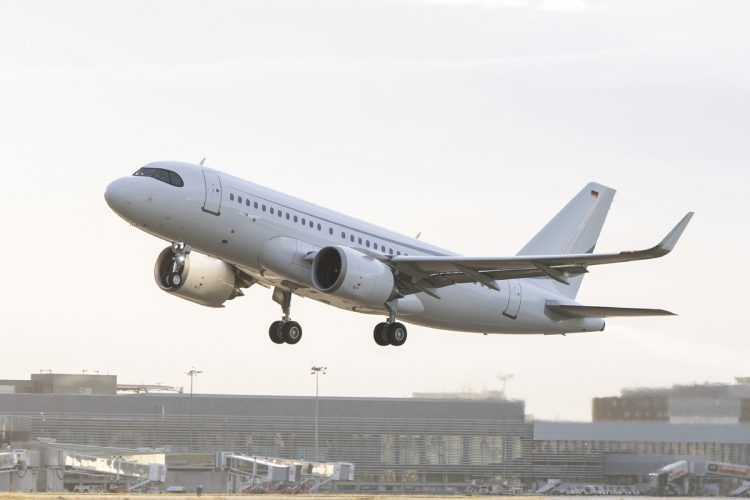
Taking advantage of the early advances in this research, Airbus launched a new winglet in 2009. Installing the optional device adds an additional 200 kg to the aircraft’s total weight, but offers a 3.5% reduction in fuel consumption on flights over 2,800 km.
Promising to make even further improvements to the A320, Airbus has finally formalized the launch of the NEO “New Engine Option” program, offering fuel savings in the 15% range. The first flight test with an A320neo model took place on September 25, 2014, while the A321neo made its inaugural takeoff on February 9, 2016 and the A319neo on April 25 this year. The A318 variant, which was not well accepted, was discontinued in the new family.
Aircraft performance soon attracted the interest of airlines from around the world and today Airbus backlog contains 6,624 aircraft orders from 110 customers (Airbus numbers counted up to September).
New generation engines used in the A320neo are primarily responsible for reducing jet fuel consumption. The engine options for the aircraft are CFM International LEAP-1A and Pratt & Whitney PW1000G, about 16% more efficient than previous generation turbofans, apart from maintenance costs 20% lower. The aircraft also adopted more advanced wingtip winglets and the passenger cabin gained a more advanced air purifier, which makes travel more comfortable.
As they now use less fuel, the A320neo models can fly longer distances, especially the A321LR with a range of up to 7,400 km. This autonomy is sufficient to fulfill intercontinental routes in some regions.
While Airbus reaches the mark of 1,000 delivered A320neo jets, the series’ main competitor, the Boeing 737 MAX, is still grounded by recent accidents. The US manufacturer plans to release it again by the end of the year, but it will certainly not be easy to catch up with its European rival.
